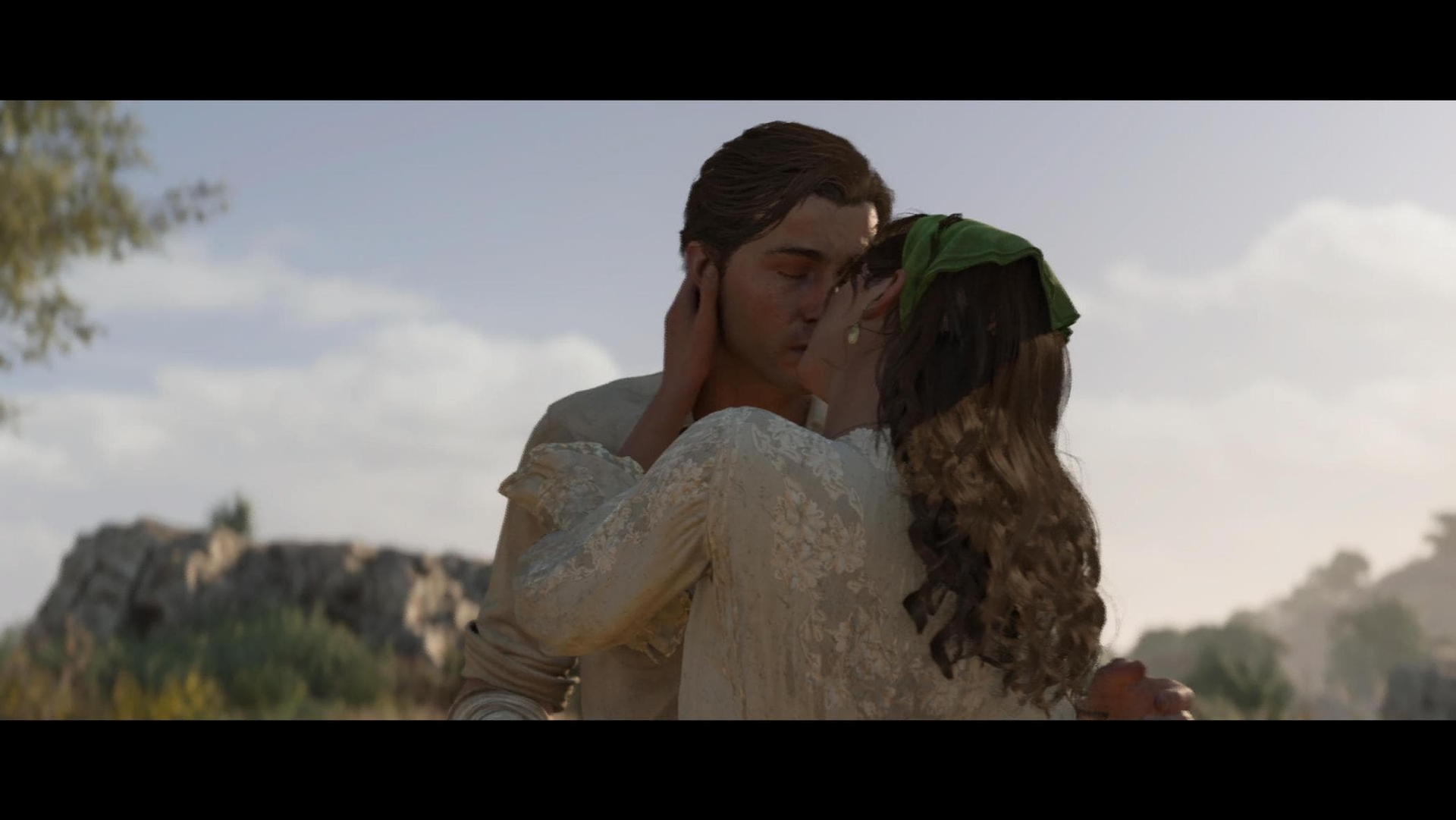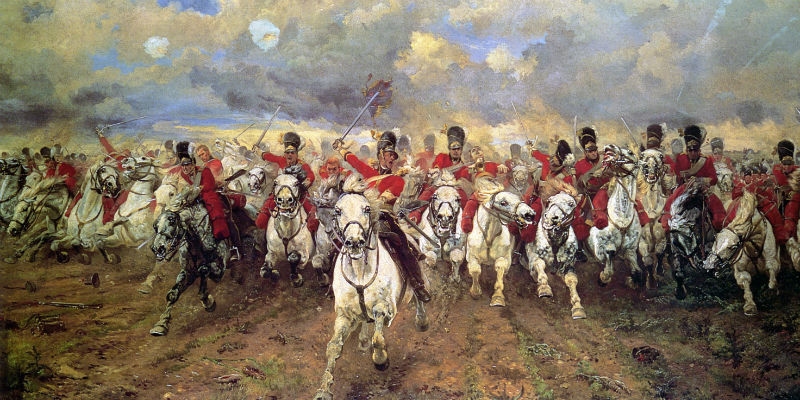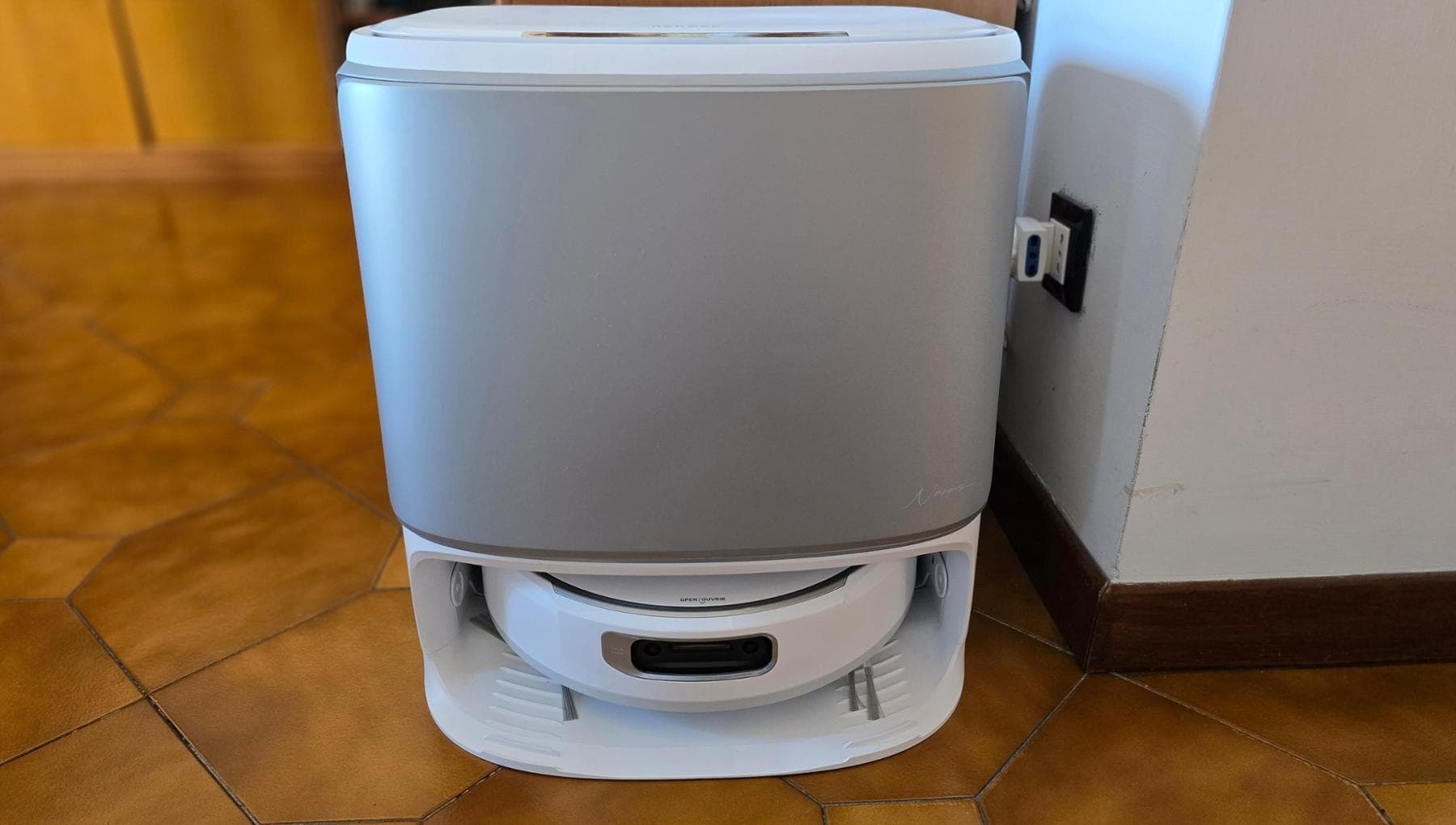Mafia Terra Madre: When Video Games Meet Memory

There's a subtle and fascinating challenge in transforming a real place into a narrative universe. Especially when that place is early twentieth-century Sicily, a crossroads of cultures and contradictions, the birthplace of myths and stereotypes. With Mafia: The Old Country , Hangar 13 has chosen to return to the saga's roots, shifting its gaze from America to its European roots: where the history of organized crime took shape, among sulfur mines and large estates .
But narrating such a complex land requires sensitivity, research, and respect. This is why the American studio engaged Stormind Games , a Catania-based team with solid international experience, to bridge the gap between culture, landscape, and language. The result is a rare example of virtuous cultural adaptation , built through constant dialogue between those who preserve the memory of the place and those who master the grammar of interactive storytelling.
Going back to the origins“We chose Sicily in the early 1900s because it represents the true origins of the Mafia’s history,” explains Hangar 13. “The first three games in the series explored the rise of organized crime in America, but that story really begins in Sicily, where the first mafia clans formed and operated, before exporting their influence overseas.”
In a medium accustomed to telling the Mafia story from overseas, going back in time meant changing perspective, language, and even pacing . “While the Sicilian legacy of the American Mafia is well-known thanks to films and television series, the historical reality of that era is much less well-known. Exploring it gave us the opportunity to introduce new scenarios, themes, and mechanics that bring a breath of fresh air to the series.”
A context so rooted in history, however, requires an authentic voice. And that's where Stormind Games comes in . "We felt a dual responsibility," says Antonio Cannata, CEO and co-founder of the Catania-based studio. "On the one hand, the pride of being able to showcase our land in an international project, on the other, the responsibility of not falling into the clichés that often characterize it. Sicily has always been depicted through somewhat distorted lenses, between postcards and stereotypes. Here, however, we had the opportunity to convey a complex , fascinating image, conveying its beauty, contradictions, and authentic cultural roots."
"Sicily is a land of ancient culture, of historical layers spanning from Magna Graecia to the Arabs, from the Normans to the Bourbons," Cannata emphasizes. "Every stone, every tradition, every word carries with it a cultural legacy that deserves to emerge in the game."

To create a believable world, the first rule is listening. "Hangar 13 brings together developers from all over the world, but the stories we've told in the past have always been set in America," the team explains. "With this project, we've ventured into a completely different territory, a culture and a place that weren't directly ours."
The collaboration with Stormind began in the early stages of development . “We started shortly after completing a first draft of the story,” Hangar 13 explains. “With much of the game still unfinished, we felt the need to pause to ensure the creative direction was authentic. It was important to test our assumptions about how we were representing Sicily, its people, and its history.”
"Our work focused on the visuals and authenticity of the setting," explains Cannata. "We supported the developers by providing them with essential elements to fully understand early 20th-century architecture, materials, proportions, and the details of the landscape. We wanted the game to truly feel like you were walking through the alleys of a Sicilian city from that period."
The documentation work was extensive . "We shared a wealth of reference material, period photographs, maps, and historical documents. But not only that, we visited real places together, to experience the unique atmosphere of Sicily . We experienced the local traditions firsthand, visited local artisans, studied the sword fighting techniques of the time, and the knife workshops still operating today," says Cannata.
Hangar 13 confirms: “We examined every available photograph of life in Sicily around 1900. A valuable source was Louise Hamilton Caico’s Sicilian Ways and Days , a travelogue from 1910. But experiencing Sicily firsthand, walking its landscapes and speaking directly with experts proved to be the most valuable type of research of all.”
The goal wasn't museum-quality realism , but perceived authenticity. "Our goal isn't strict realism, but a sense of authenticity and immersion. We want players to feel like their character truly belongs in the world we've built," Hangar 13 explains.
Language, identity and representationEvery language is a cultural map. The challenge was balancing accessibility and depth. "Enzo's difficult childhood as a carusu in the sulfur mines, or his forbidden love for Isabella, Don Torrisi's daughter, offer experiences that players from all over the world can relate to," Hangar 13 explains. "By anchoring the narrative to these personal struggles, the audience can immerse themselves in the story and absorb the broader cultural and historical context ." But finding the right balance in language wasn't easy. "The risk was slipping into caricature, or sacrificing understanding for authenticity," Hangar 13 admits.
Stormind's contribution was crucial. " We promoted the use of the Sicilian dialect; it was an explicit request that came from a tip from me," says Cannata. " The setting called for a language that could be authentic , well-established in the territory. It was a question of truth and respect."
“In our vision, dialect becomes a narrative element,” adds Hangar 13. “It serves to characterize the characters, but also to build a sense of place. It is not folklore, it is the structure of the story.”
The same goes for the visual representation. "One of the main mistakes was falling into a folkloristic and superficial representation of Sicily," explains Cannata. "We tried to avoid this by focusing on the island's complexity, its millennia-old history, its social contradictions, and the beauty of its landscapes. We didn't want a single theme to become the sole filter, but rather one of the narrative nodes within a larger fabric."

In Mafia Terra Madre , Sicily isn't a backdrop: it's a living character. "When Sicily is represented in the media, it tends to evoke iconic images—the sea, citrus fruits, the usual stereotypes. In the Hangar 13 project, we wanted to go further. The first thing we included was what for us Sicilians is one of the most identifying elements: Mount Etna," explains Cannata.
We studied the color of the earth, the variety of flora, the weathered plaster of the houses, the lava stone paving stones, the dry stone walls. But also the noble Sicily, rarely shown, such as the Teatro Massimo in Palermo with its velvet and inlaid wood, and the magical one, like the Valley of the Temples in Agrigento. Even the wooden coffins, the traditional Sicilian boats, everything has been carefully reproduced.
For Hangar 13, this dimension was crucial: “With Terra Madre we wanted to push this concept even further: Sicily is not just the theater of events, but the engine that moves them . It is the root and the condemnation, the beauty and the temptation.”
The landscape reflects the tension of the story: the volcano as a metaphor for an ancient force; the cities as spaces of power; the countryside as refuge and destiny. Everything speaks of a land poised between myth and modernity.

Any work rooted in history must strike a balance between fidelity and invention. " The line is thin and constantly shifting ," Cannata reflects. "On the one hand, we didn't want to betray the historical and social context. On the other, it's clear that we're not creating a history essay, but a narrative and interactive work. Historical truth lends credibility, creativity lends emotion, and the game only works if you manage to balance both."
Hangar 13 acknowledges this tension: “ Reality and entertainment often don't go hand in hand in video games . Firefights need to be spectacular, far removed from the real-life activities of real criminals. Internally, we describe this approach as trying to be 'believable for five minutes.' If every single scene feels compelling on its own, the player can get completely carried away.”
The result is a story about identity, belonging, and memory, in which Sicily becomes a mirror of every motherland : a place that nourishes you, shapes you, and sometimes wounds you. "We wanted to show a complex, fascinating Sicily, never reduced to a single face," concludes Cannata. "An island that has given the world some of the very roots of Western civilization."
And just as happened with The White Lotus or will happen with Christopher Nolan's The Odyssey , Cannata is convinced that "when our territory becomes a global narrative, the curiosity to experience it firsthand grows." A video game that transforms players into virtual travelers first, and perhaps real ones later.
La Repubblica





